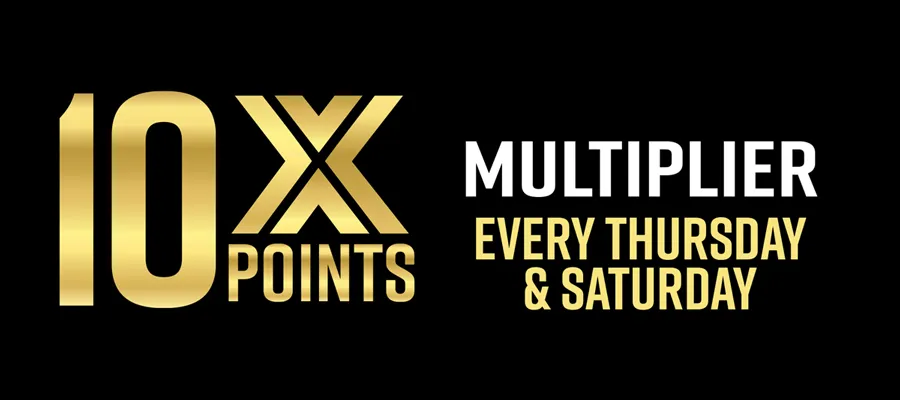. . .
IRS payment options Internal Revenue Service

If you cannot afford to full pay by the Collection Statute Expiration Date (generally 10 years), a Partial Payment Installment Agreement may be an option for you. We will also need to determine whether https://22betofficial.com/ to issue a public notice of federal tax lien. If a partial payment installment agreement is approved, your agreement is subject to reviews every two years to determine if your financial situation has changed.
However, interest and any applicable penalties continue to accrue until your liability is paid in full. Individuals may be able to set up a short-term payment plan by using the Online Payment Agreement application or by calling us. Taxpayers have a variety of options to consider when paying federal taxes. This year, in response to the COVID-19 pandemic, the filing deadline and tax payment due date was postponed from April 15 to July 15, 2020. Individual taxpayers have several easy ways to file Form 4868 PDF by the July 15 deadline. Tax software providers have an electronic version available.
The collection period is not suspended while your installment agreement is in effect. The IRS urges taxpayers to take advantage of the many tools and other resources available on IRS.gov, especially with extremely limited phone services and face-to-face service due to COVID 19. Also, your proposed payment amount must pay the assessed tax liability in full within 72 months or by the Collection Statute Expiration Date, whichever is earlier. Alternatively you can complete and mail paper Form 9465, Installment Agreement Request, file through tax filing software, or call us, preferably at the number on your bill if you received one. You can change or cancel a payment within 2 days of the scheduled payment date.
Use this secure service to pay your tax bill or make an estimated tax payment directly from your checking or savings account at no cost to you. However, being currently not collectible does not mean the debt goes away. It means the IRS has determined you can’t afford to pay the debt at this time. Prior to approving your request to delay collection, we may ask you to complete a Collection Information Statement (Form 433-F PDF, Form 433-A PDF or Form 433-B PDF) and provide proof of your financial status. This may include information about your assets and your monthly income and expenses.
If you’re not able to pay your balance in full immediately or within 180 days, you may qualify for a monthly payment plan (installment agreement) that lets you make a series of monthly payments over time. Different types of long-term payment plans are available depending on your situation. If you do not qualify for the above payment plans/installment agreements, you may still be eligible.
Apply to pay your balance over time with a payment plan (installment agreement). Those who owe a 2019 income tax liability, as well as estimated tax for 2020, must make two separate payments on or by July 15, 2020.One for their 2019 income tax liability and one for their 2020 estimated tax payments. The two estimated tax payments can be combined into a single payment. Your specific tax situation will determine which payment plan options are available to you. Payment options include full payment or a long-term payment plan (installment agreement) (paying monthly).
- Click on the links below for details on each of the options offered.
- In addition, all taxpayers, regardless of income, can use IRS Free File to electronically request an automatic tax-filing extension.
- In many cases, loan costs may be lower than the combination of interest and penalties the IRS must charge under federal law.
- The collection period is not suspended while your installment agreement is in effect.
- You should consider financing the full payment of your tax liability through loans, such as a home equity loan from a financial institution or a credit card.
- Generally, this is 10 years from the date your tax was assessed.
However, a Notice of Federal Tax Lien determination and a collection information statement (Form 433-F PDF, Form 433-A PDF or Form 433-B PDF) may be required. If you don’t qualify for the above payment plans/installment agreements, you may still be eligible. Individual taxpayers can go to IRS.gov/account to securely access information about their federal tax account. They can view the amount they owe, access their tax records online, review their payment history and view key tax return information for the most recent tax return as originally filed.
Before applying for the payment plan itself you’ll need to submit Form 2848, Power of Attorney and Declaration of Representative, either electronically or by mail. Your power of attorney (POA) must be authorized for all tax periods in which the taxpayer has a balance due. You can view details of your current payment plan (type of agreement, due dates, and amount you need to pay) by logging into the online payment agreement tool using the Apply/Revise button below. Visit here for the list of service providers, their contact information, and convenience fees. A table of accepted business and individual tax payments is included. Payment instructions and general information is also included.
Pay personal taxes
If the requested installment agreement is rejected, the running of the collection period is suspended for 30 days. Similarly, if you stop paying (default on your installment agreement payments) and the IRS proposes to terminate the installment agreement, the running of the collection period is also suspended for 30 days. If you can’t pay in full immediately, you may qualify for additional time –up to 180 days– to pay in full.
In addition, all taxpayers, regardless of income, can use IRS Free File to electronically request an automatic tax-filing extension. You can log into the online payment agreement tool using the Apply/Revise button for businesses below. If you are applying for a direct debit payment plan, you will need your bank routing and account numbers. For taxpayers who cannot pay in full, the IRS encourages them to pay what they can and consider a variety of payment options available for the remaining balance. Tax bills accumulate more interest and fees the longer they remain unpaid. You have rights and protections throughout the collection process; see Taxpayer Bill of Rights and Publication 1, Your Rights as a Taxpayer.
See Additional information on payment plans for more details. You can view details of your current payment plan (type of agreement, due dates, and amount you need to pay) by logging into the online payment agreement tool using the Apply/Revise button for businesses below. Your specific tax situation will determine which payment options are available to you. Payment options include full payment, a short-term payment plan (paying in 180 days or less) or a long-term payment plan (installment agreement) (paying monthly). For more information about making payments, payment plans (including installment agreements), and offers in compromise, review our Payments page.
More In Pay
If you are in an open bankruptcy proceeding, you aren’t eligible for an offer in compromise. To confirm eligibility and ensure use of the current application forms, use the Offer in Compromise Pre-Qualifier tool. Pay your tax balance due, estimated payments or part of a payment plan. Penalties and interest will continue to grow until you pay the full balance. Pay balance due, estimated tax and other federal income tax. To help taxpayers allocate the appropriate withholding to their paychecks throughout the year in 2020, an updated version of the agency’s online Tax Withholding Estimator is now available on IRS.gov.
Log in to the online payment agreement tool using the Apply/Revise button below. If you can’t pay in full, you should pay as much as possible to reduce the accrual of interest and penalties on your account. Please refer to Topic no. 158 for information needed to ensure proper credit of your payment. You should consider financing the full payment of your tax liability through loans, such as a home equity loan from a financial institution or a credit card. The interest rate and any applicable fees charged by a bank or credit card company may be lower than the combination of interest and penalties set by the Internal Revenue Code.
You can log into the online payment agreement tool using the Apply/Revise button below. For additional information on offers in compromise, refer to Topic no. 204. Pay amount owed through Direct Debit (with automatic payments from your checking account), also known as Direct Debit Installment Agreement (DDIA). To apply as a business, you need to log in with your IRS username or ID.me credentials (see What do you need to apply for a payment plan?). If line 5a or 5b of your Form 2848 has any written changes, or if “Access my IRS records via an Intermediate Service Provider” is checked, you won’t be able to establish a payment plan online using your Tax Pro Account.
Sign in or create an account to pay now or schedule a payment. To make a higher payment, use the Electronic Federal Tax Payment System (EFTPS) or same-day wire. More information about identity verification is available on the sign-in page.
Refer to Topic no. 201 for information about the collection process. Before your payment plan request can be considered, you must be current on all filing and payment requirements. Taxpayers in an open bankruptcy proceeding aren’t eligible, generally. In addition, you can pay using your bank account or a debit card, credit card or digital wallet or apply for an Online Payment Agreement if you need more time to pay. Though interest and late-payment penalties continue to accrue on any unpaid taxes after July 15, the failure to pay tax penalty rate is cut in half while an installment agreement is in effect.
Log in to the online payment agreement tool using the Apply/Revise button for businesses below. On the payment options page, you can revise your current plan type, payment date, and amount. Use this secure service to create an IRS Online Account where you can view the amount you owe, your payment plan details, payment history, and any scheduled or pending payments. Schedule a payment up to 365 days in advance from your bank account for your balance, payment plan, estimated tax, or other types of payments. Taxpayers who need more time to prepare and file their federal tax return can apply for an extension of time to file until Oct. 15.










